Good Morning QV Members and thank you for checking in. We appreciate your interest in our golf course maintenance practices and we share your passion for the game of golf and our amazing golf course. The golf course is primed for the busy season and we feel confident that the long hours put in over the summer have positioned us for another outstanding season.
Weather Update
Back and forth we go always battling the elements. All we can do is prepare for what’s in store from Mother Nature, and by early August we strongly suspected that rain was coming. As of August 1st we were only at 19.26” of rain with a lot of make up rain needed for us to hit our yearly average of 60”. Over the last 65 days we have received 20.31” and had a measurable rain on 47 of the last 65 days. We are grateful that Hurricane Helene largely spared us, as we only received slightly over an inch of rain and 20-30 mph winds. No major infrastructure damage to report as a result of the storm.
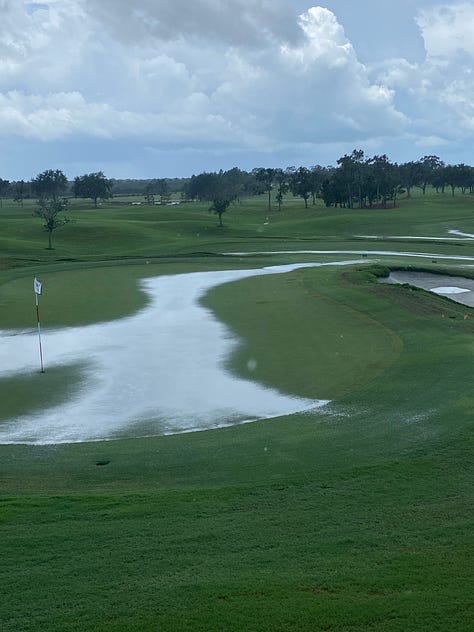

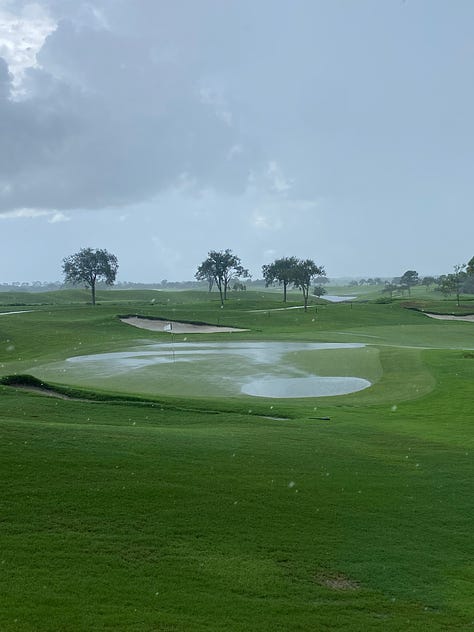
The good news is that none of this is surprising, so we attempt to effectively plan, and many of our cultural and maintenance practices derive from the need to manage the significant precipitation we receive each year.
The last 60 days
Putting Greens - conducted a drill and fill procedure on August 18th. Hugely beneficial process for water movement and air exchange in our soil profile. As our greens age, more aggressive cultivation is required to ensure they remain draining and possess adequate air exchange. While softer initially, this procedure will ultimately result in firmer and drier playing surfaces that are well drained. 60 tons of sand were used to complete this process across three acres of greens on our regulation golf course. We did not complete this procedure on our Covey greens because they are less than three years old, low in organic matter, and maintain adequate soil porosity and drainage.


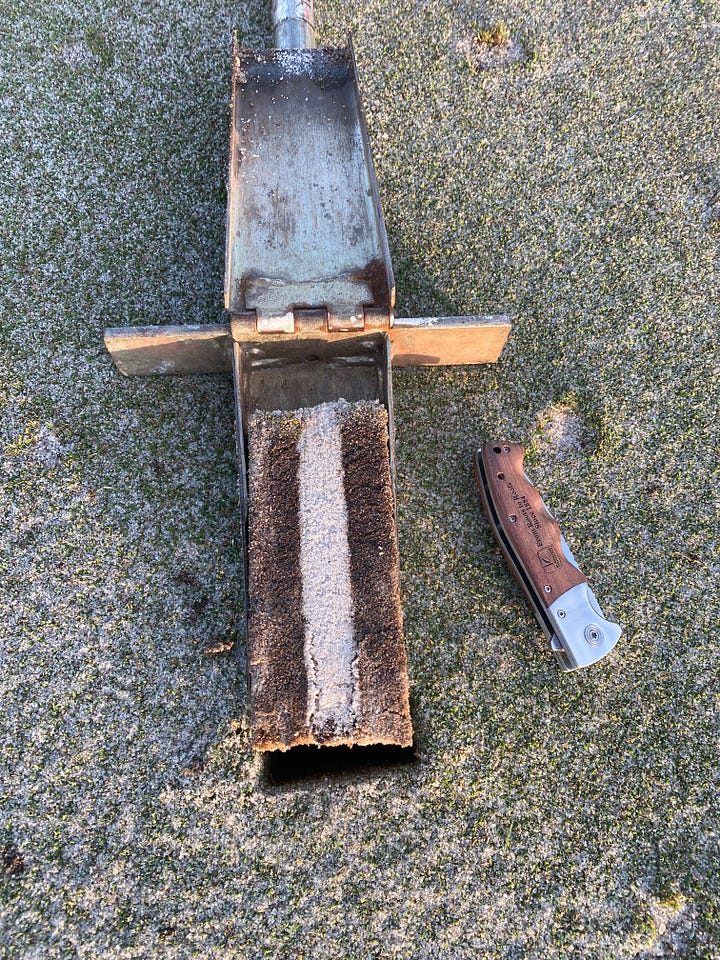
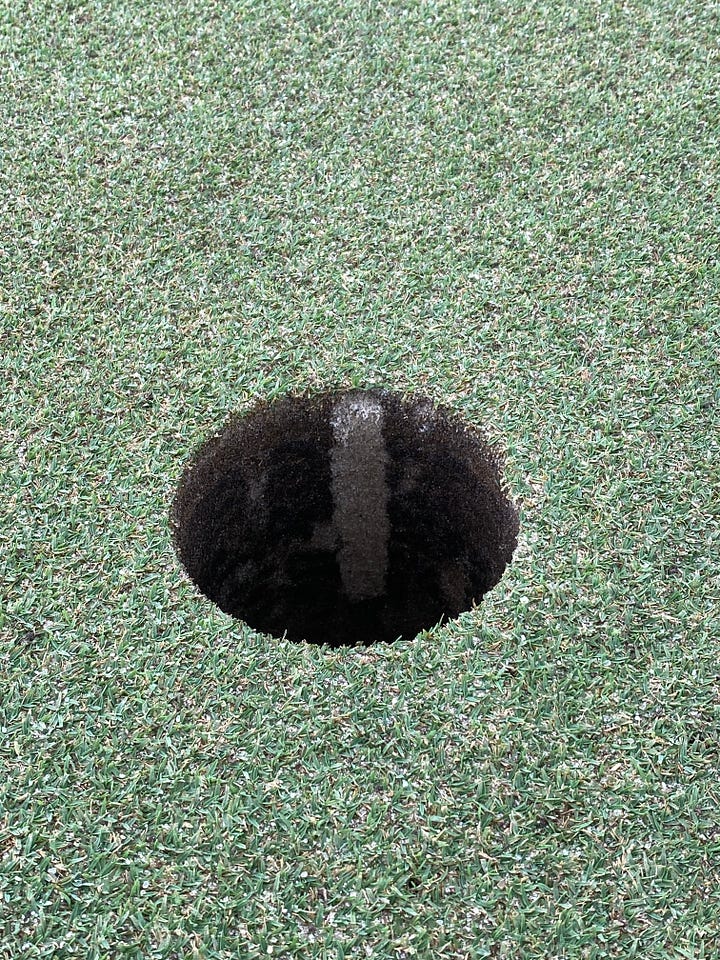
Putting Greens - dryjected all putting greens including the Covey course on September 24th. Less aggressive than the drill and fill, this procedure injects a sand column into the green. It is non invasive and the green is playable the same day. With the exception of monthly needletining, this will be our last greens aerification until next June 2025.
Tees - our tees, collars, and approaches were verticut three times this summer, hollow tined aerified (5/8 diameter) twice, and solid tined one time. Tees and approaches were topdressed 1x/month through the summer for smoothness, firmness, and turf health.
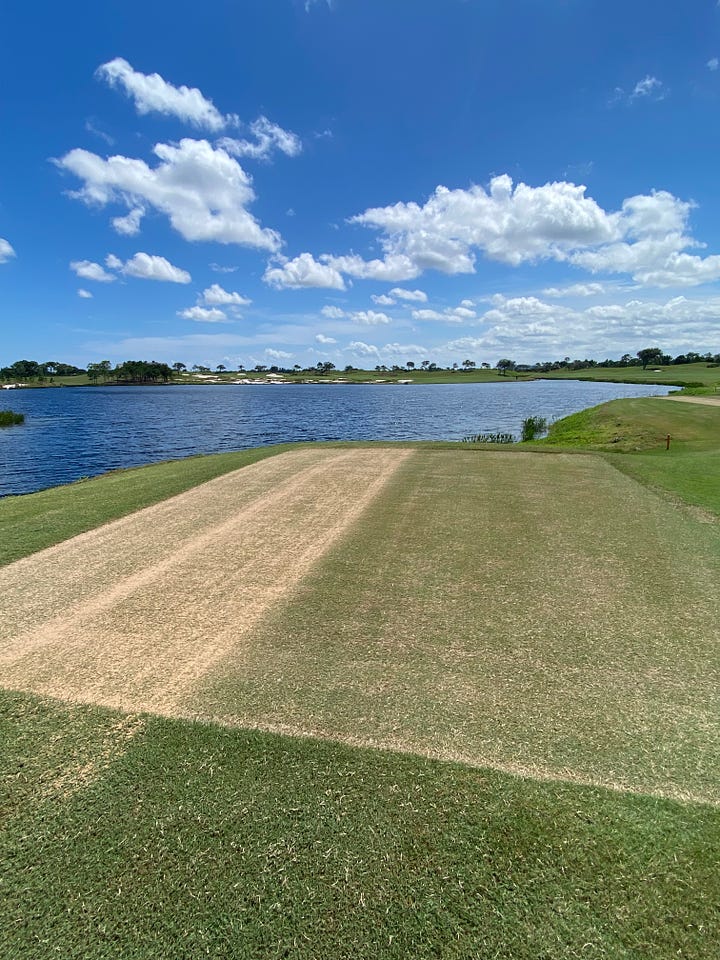
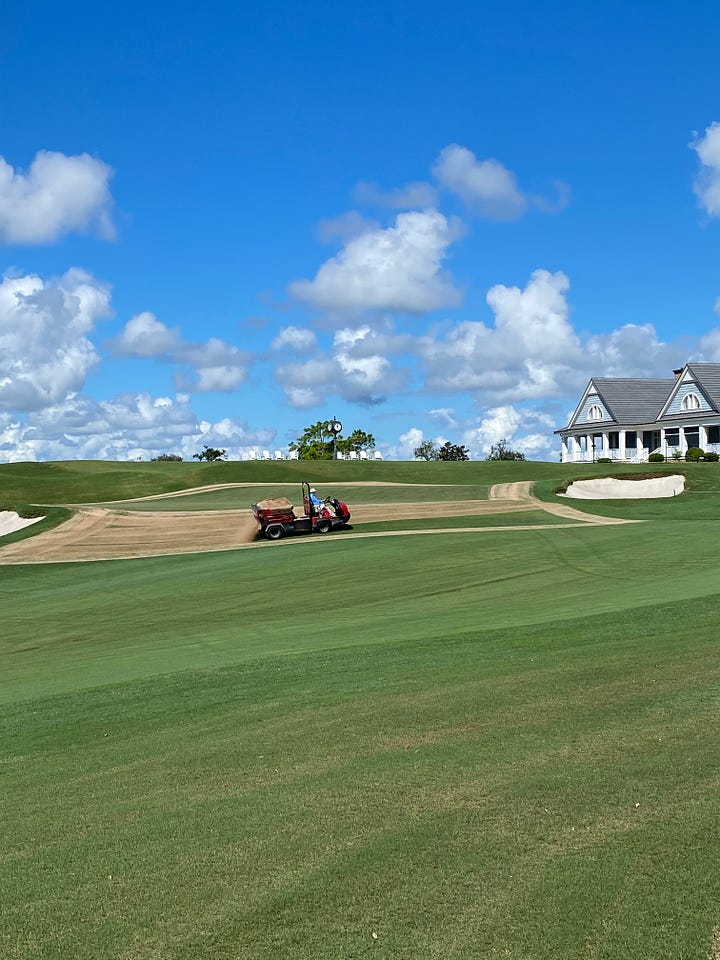
Topdressing Tees and Approaches Fairways - our fairways were verticut three times this summer and hollow tined aerified twice. They were heavily topdressed in June.
Drainage - Asst. Super Nick Campbell led the charge on a large scale drainage improvement on hole 15. The short cut area behind the front green side bunker was persistently wet so we took steps to correct this. The area was completely excavated out and fresh sand was added. Drainage pipe and two catch basins were also added. I think you will find the area much improved from a playability standpoint.
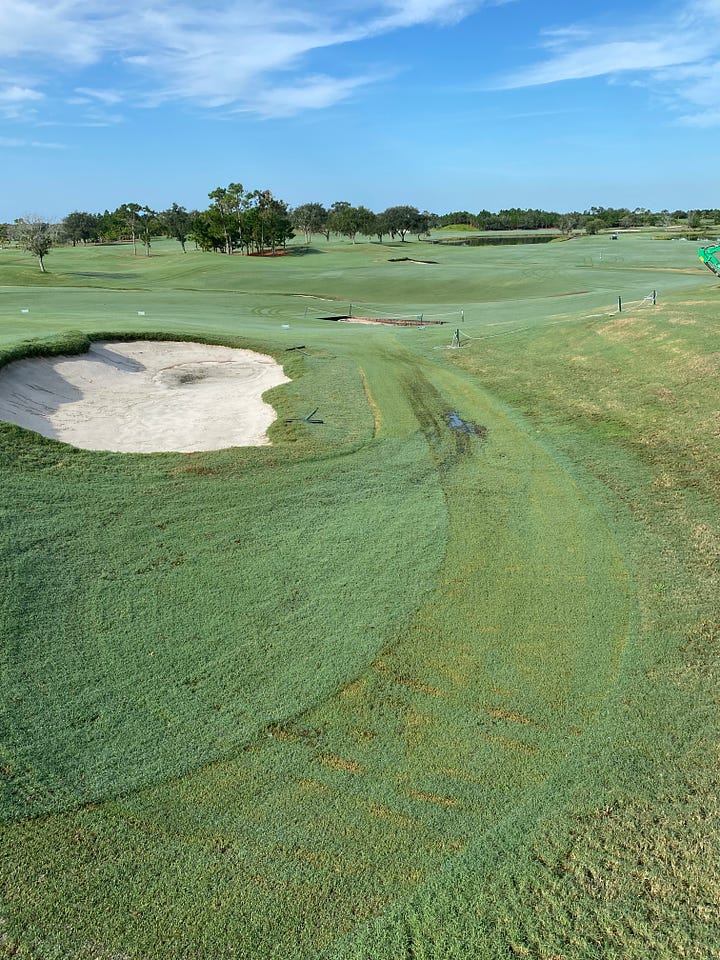

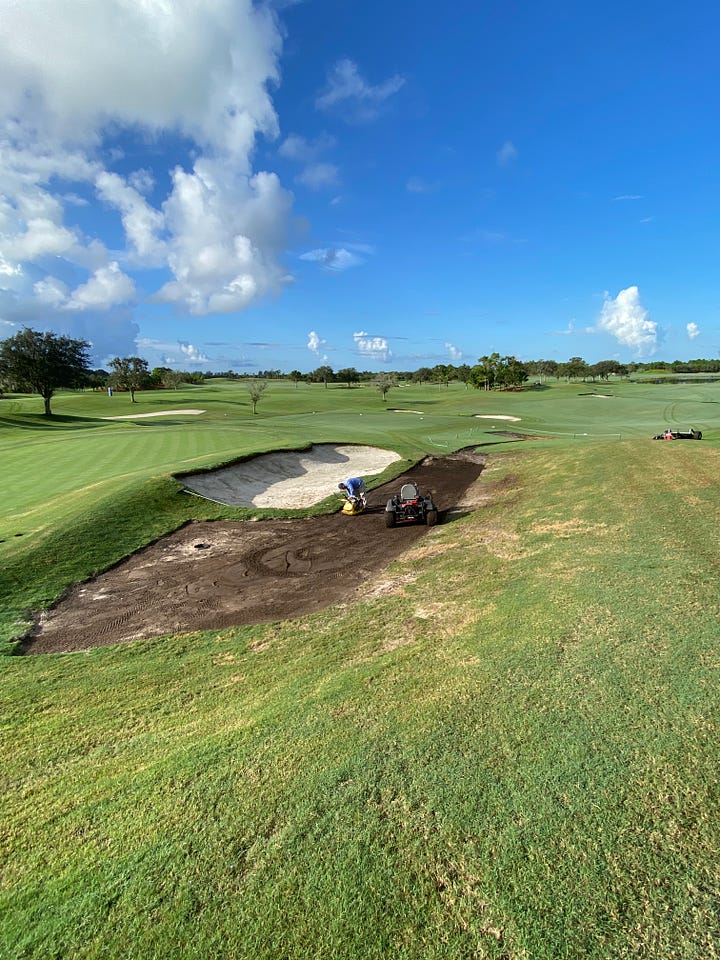
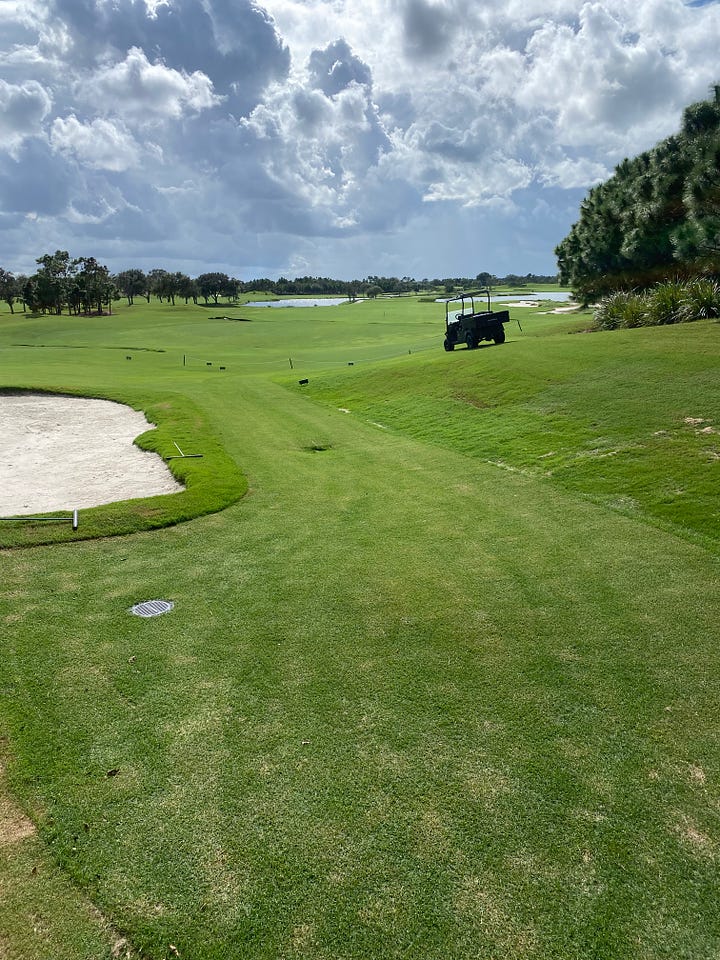
Pest control - mole cricket activity has been high as have billbug and chinch bugs. We have billbug traps on property assisting our friends at Syngenta develop control strategies. We are catching 25-50 every week. We have treated all short grass for these pests with a product called Acelepryn that will protect us for 60-75 days. We are seeing up to three generations of these destructive pests/year.
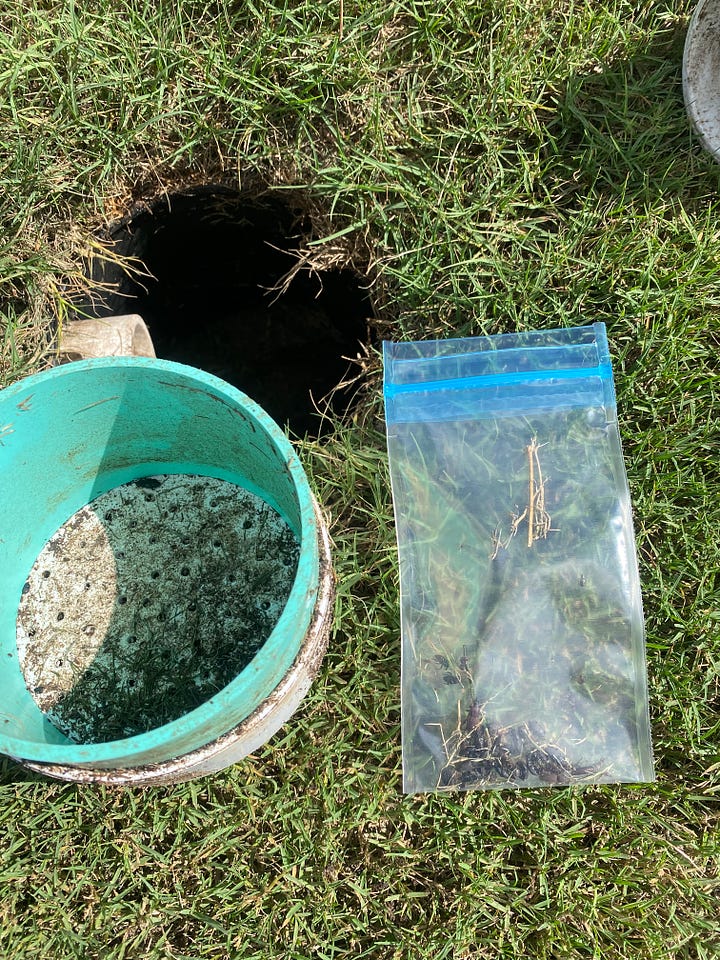
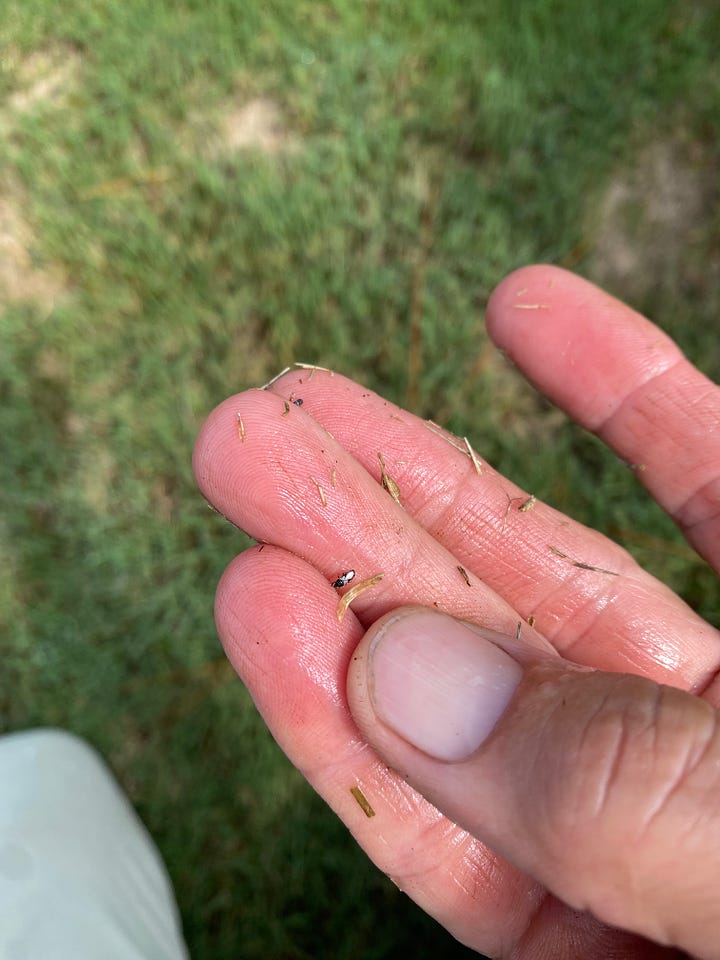
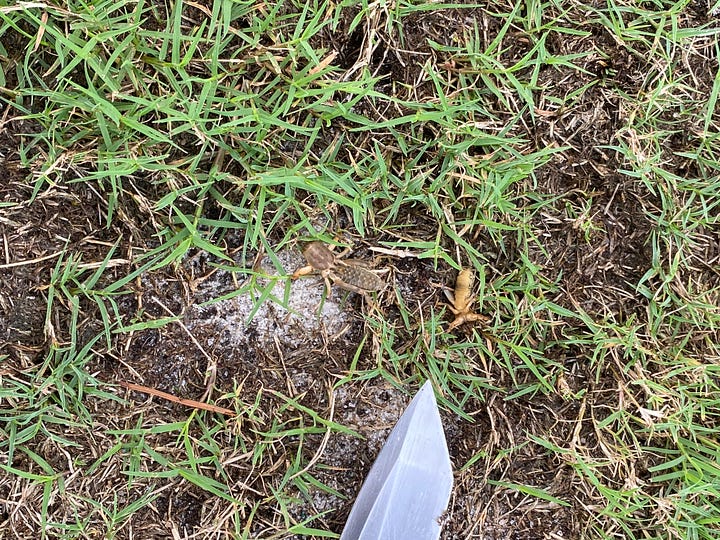
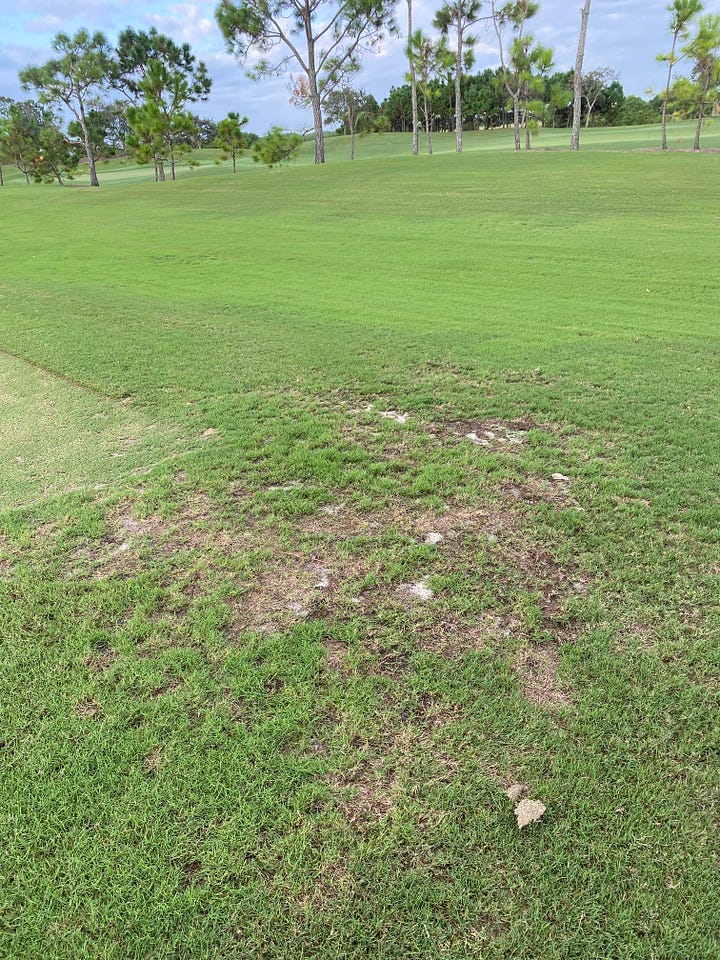
Applied Oxadiazon (Ronstar) pre emergent herbicide to 140 acres of golf course turn on September 30th. This application aids us in weed control by preventing weed germination of many species for up to 90 days. Our next scheduled application for pre emergent weed control is scheduled for December 16th. These applications are critical to keep our golf course clean and free of unsightly turfgrass weeds.
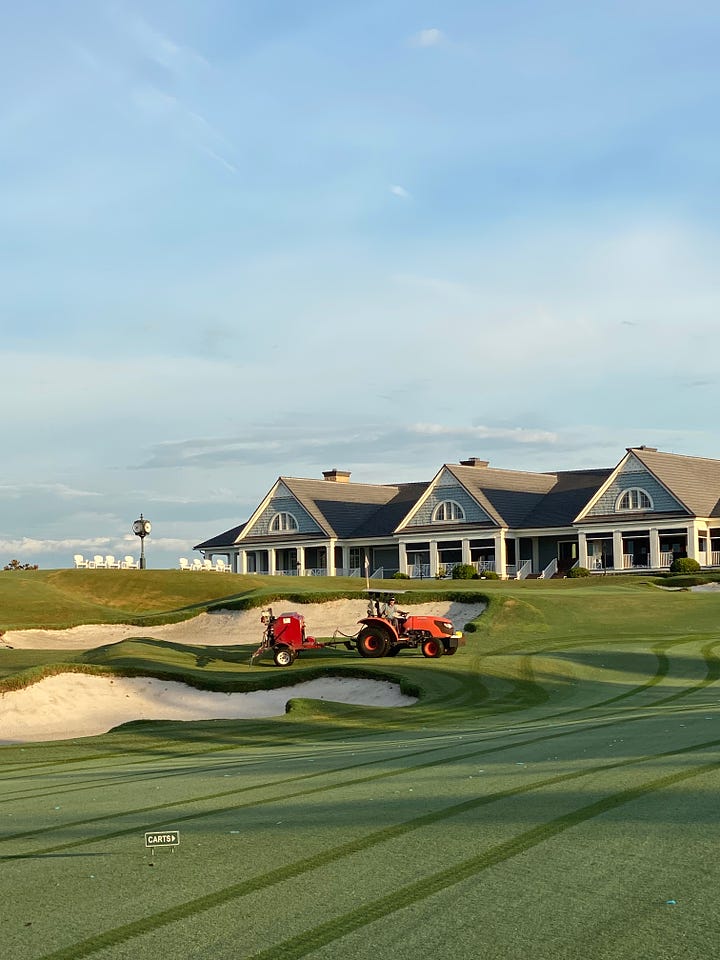
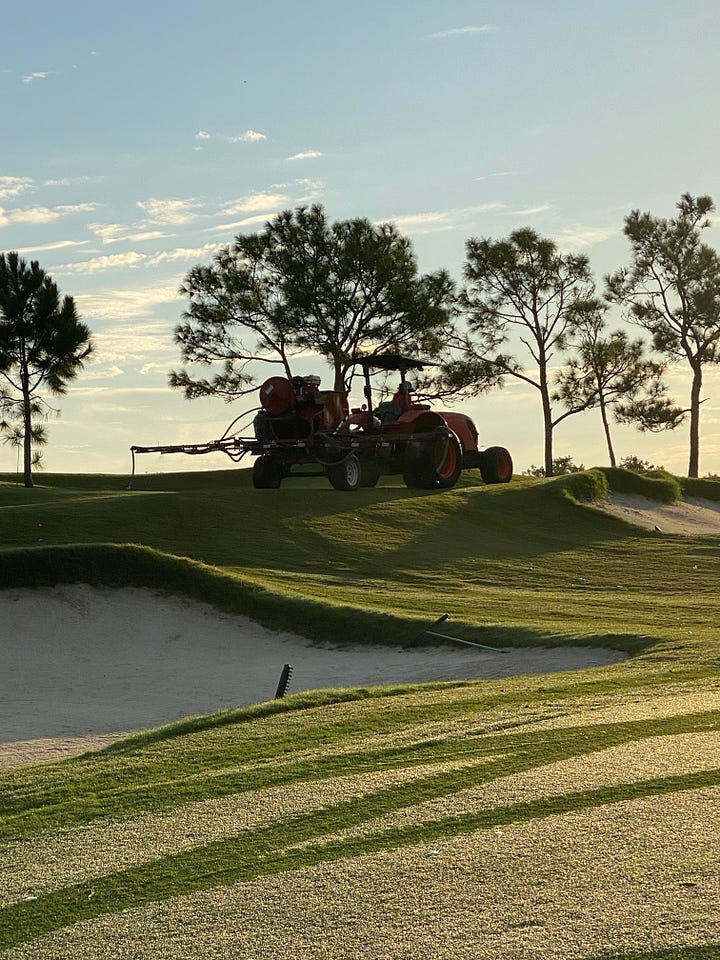
Installed a total of ten irrigation valves on both sides of bridges on holes 3, 9, 10, 11, 14. Each of these bridge crossings has mainline irrigation (4” diameter or greater) running underneath. Installing these valves provides us the ability to fully irrigate the golf course when we are rebuilding the bridges in the summer of 2025. During this process the old pipe will be cut out up to the newly installed valve, and fused HDPE pipe will be mounted under the new bridge. HDPE pipe has longer life expectancy than PVC, and also contains no gasketed joints greatly reducing the likelihood of leaks. In the future when we rebuild our irrigation system, HDPE would be the pipe of choice. We will not need to disturb the HDPE pipe under the bridge when conducting this project at a later time.
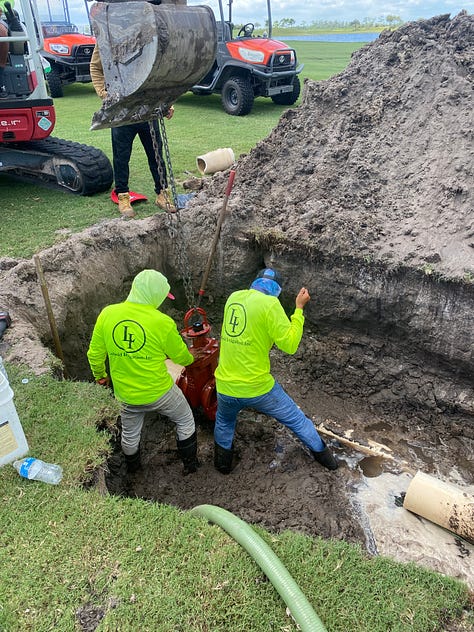
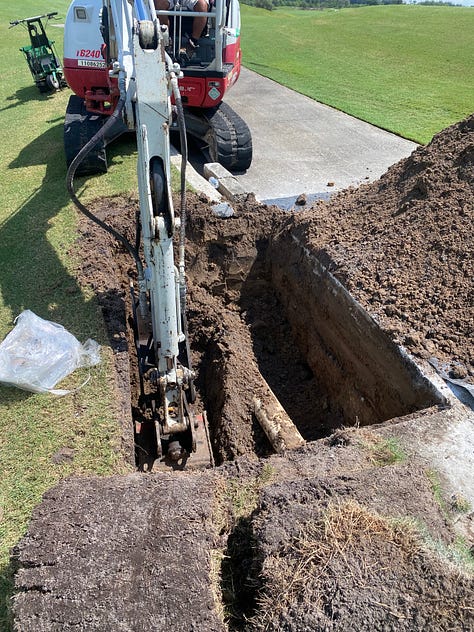
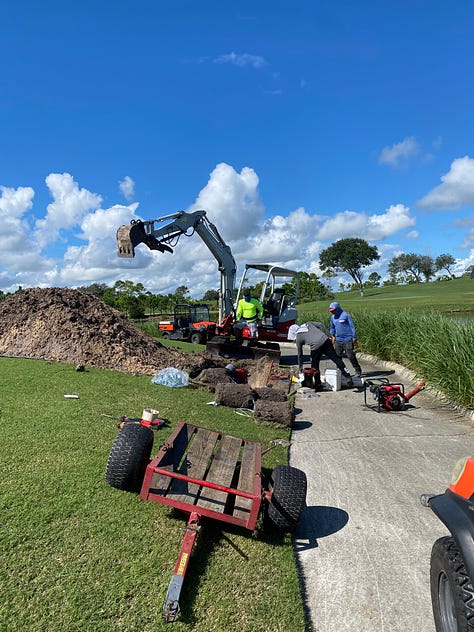
Leibold Irrigation hard at work installing isolation valves In addition to this work, Leibold irrigation has replaced six isolation valves that were no longer functional. We have asked them to tackle three more for a total of nine while they are on property. While this work is soon covered up and unseen by Members, it is nonetheless critical to maintaining functionality of our 24 year old system.
It truly has been a very productive summer for our team. Now our attention shifts to detail work and golf course performance. Our goal remains to continue improving the golf course each day we show up for work. We have made good decisions this year and executed our tasks well and as always it is a total team effort of more than 30 people to achieve our goals during the summer so that the golf course is positioned well for the busy season.
We are very much looking forward to hosting our Collegiate Championship followed by Member/Member events at the end of the month. The forecast indicates that we still have some weather challenges ahead. We will remain proactive to defend ourselves against the will of Mother Nature to the best of our ability. We can always prepare for the worst, and perhaps make some of our own good luck in the process. Thank you for your support and for taking an interest in our golf course agronomic practices.
Dustin Naumann
GC Superintendent

